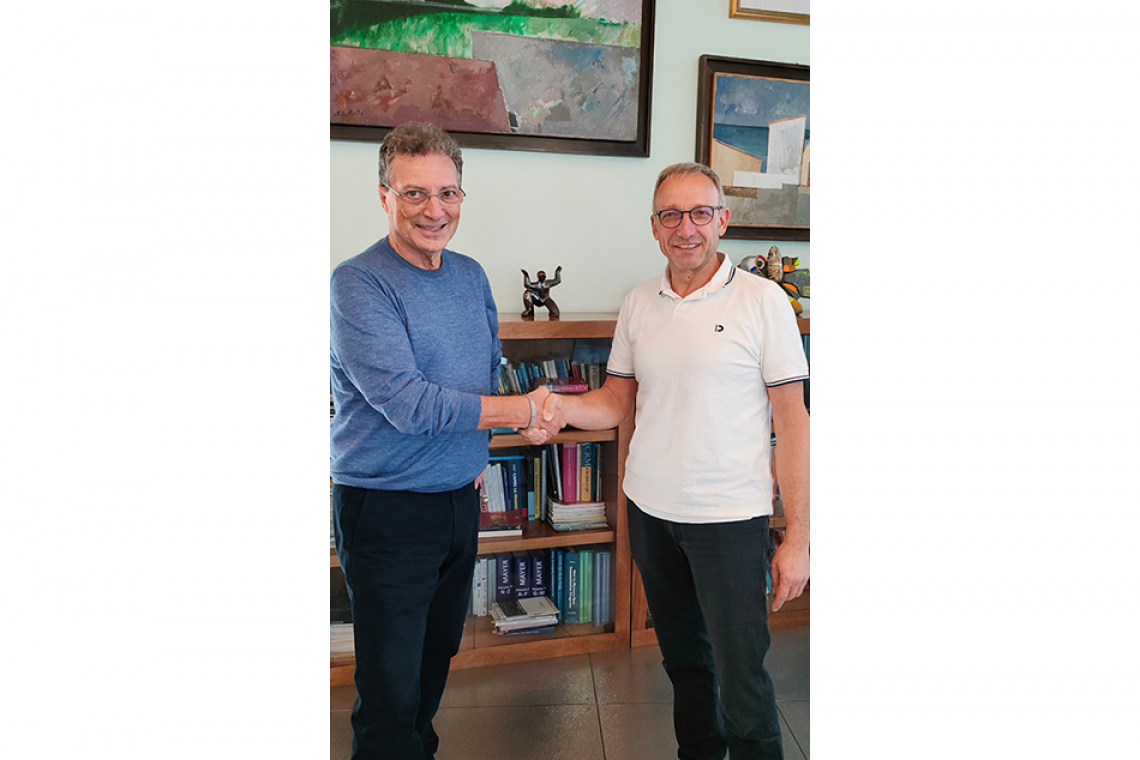The Fraunhofer Institute for Electronic Nano Systems ENAS, in cooperation with the Italian company ELES S.P.A. in Chemnitz, is planning a new research and development facility for testing and evaluating the reliability of semiconductor components. The 'Test and Reliability Center' (TRC) will support the semiconductor industry in meeting quality standards and develop automated test procedures for the chip industry.
ELES S.P.A is the first cooperation partner to expand the TRC's infrastructure, which is currently under construction, with its "burn-in test system". The new system will make it possible to test electronic systems such as processors (CPUs), digital memories, application-specific integrated circuits (ASICs), micro-electromechanical systems (MEMS) and sensor technologies for functionality, stability and quality. By exposing components and assemblies to extreme temperature intervals under functional conditions, i.e. under power, and thus artificially simulating accelerated ageing processes, defects can be identified and possible early failures detected. Small and medium-sized companies in the semiconductor industry will be able to benefit from the TRC's experimental testing services in future.
Strategic partnership
Fraunhofer ENAS and ELES S.P.A. also want to work together in the field of quality assurance for semiconductor components and assemblies and pool their testing expertise. Fault detection and machine learning methods are to be dovetailed together.
Prof. Dr. Harald Kuhn, initiator of the TRC and Institute Director of Fraunhofer ENAS, emphasized during the announcement that the use of artificial intelligence at the TRC in particular should make it possible to recognize patterns in large amounts of test data in the future. This will make it possible to identify errors and error mechanisms in semiconductor products and make predictions about possible failures.
Francesca Zaffarami, Managing Director at ELES S.P.A., sees great added value for chip manufacturers in the collaboration with Fraunhofer ENAS. New test methods for error analysis and the exclusion of error sources through continuous learning from test results using the 'Learn from Failure' principle make it possible to identify potential failures more quickly, automatically and at an early stage in the product development and design process. Subsequent design corrections could reduce design and test costs, increase production efficiency, shorten time-to-market and prevent subsequent failures in the application.


